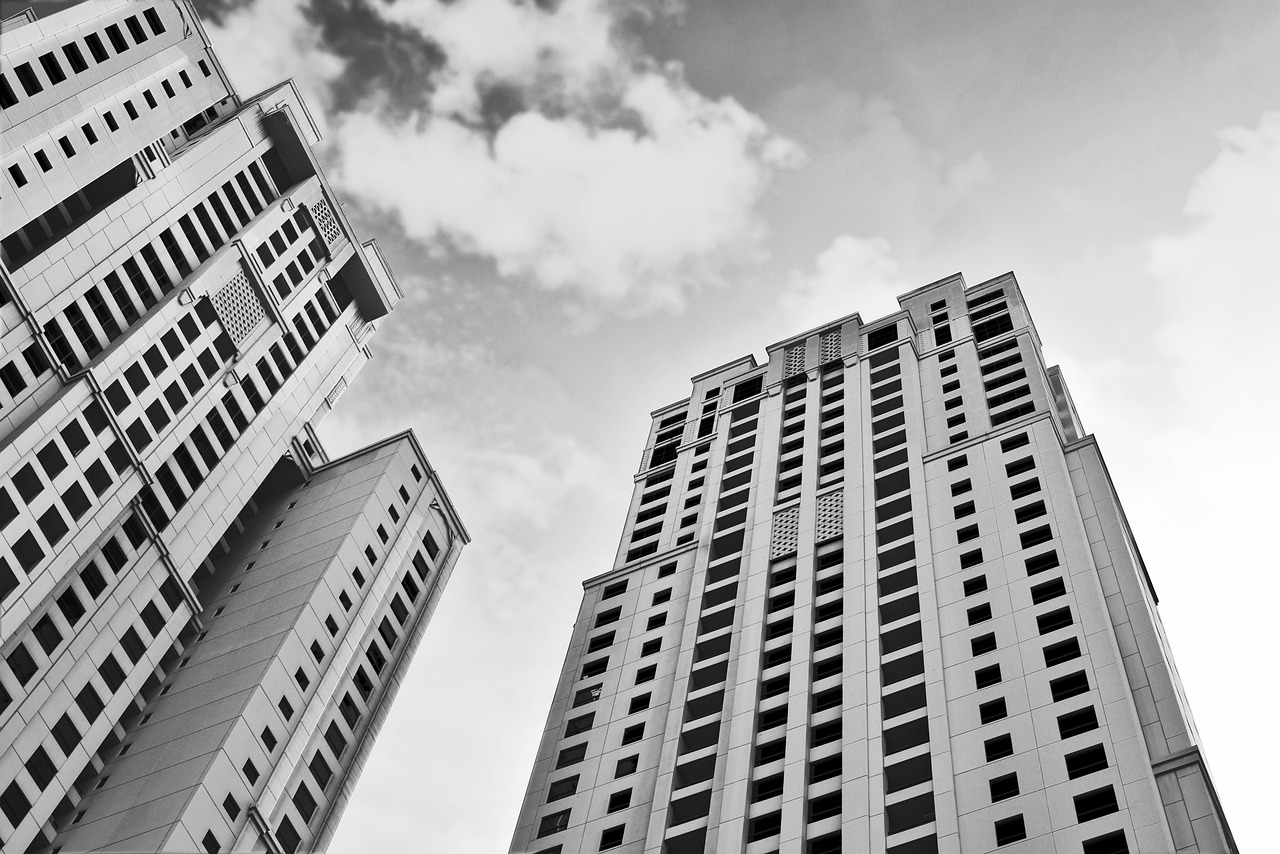Earlier this year, Google released Google Translate 2015, a significant upgrade of the company’s translation application. No longer content to offer translations of written text, the upgraded app includes a visual translator and an audio translation function.
We don’t offer visual translation just yet, but as one of the only language services companies that offers both document translation and audio translation, we were curious: How well do our human translators match up to the machines? Could the machines imbue their translations with the nuances and thoughtful choices that we expect from human translators?
We enlisted two of our Spanish translators, Adriana and Gaby, to participate in a two-part test. For the first test, Google Translate and Adriana were required to translate a promotional document about Argentina’s National Beekeeping Council from Spanish into English. For the second test, both contenders had to translate approximately one minute of spoken Spanish audio into English.
Since Gaby is one of our quality control specialists, we had her serve as our judge. Gaby reviewed the finished English document, the initial Spanish transcription of the Spanish audio recording, and the English translation of the audio recording. Translations were judged on several dimensions, including word choice, grammar and syntax, and overall accuracy and comprehension.
So how did our contestants do? While Google Translate has come a long way since its humble beginnings in 2001, it’s still not going to take the place of human translators anytime soon.
For both document and audio translation, it was able to adequately capture the overall gist of the content and would be useful for quick, general understanding. However, Google’s translations were too raw to be used for any professional purpose, and readability was often compromised by poor word choices and questionable grammar.
Our human translator Adriana fared better, with higher overall accuracy and a greater ability to capture the tone and style of the original documents. By being able to really consider the subject matter, context, and target audience, Adriana was able to create translations that didn’t read like translations.
Of course, a human translator won’t fit in your pocket, and they may not always be able to accompany you to that very authentic Thai restaurant or overseas vacation, so here’s what we recommend: When you need immediate results, and they don’t have to be perfect, it’s OK to use Google Translate. For any sort of business or commercial documents, or anything that has to be precise, it’s best to stick with human translators.







